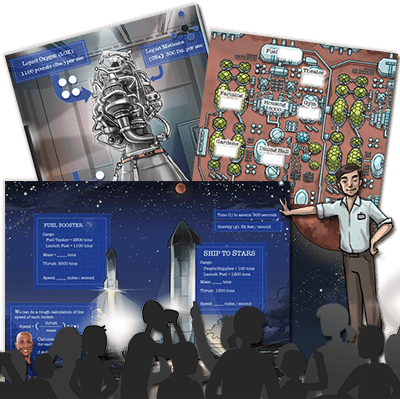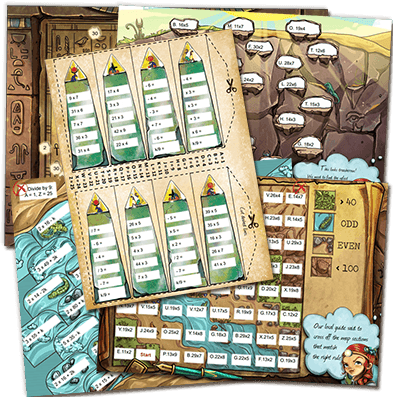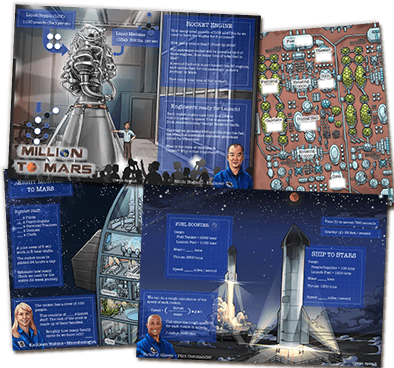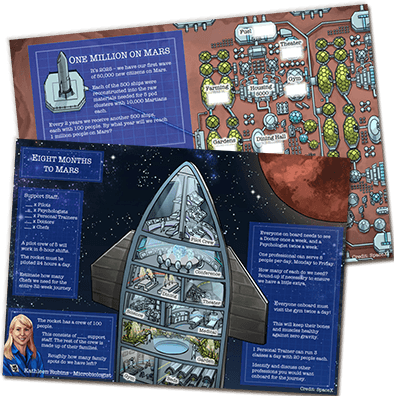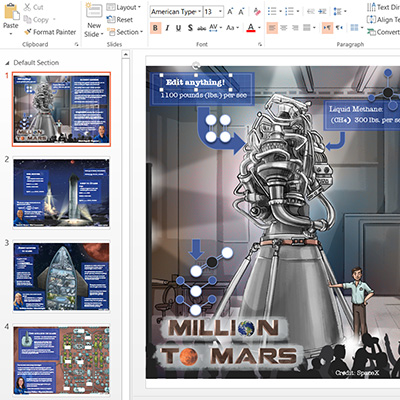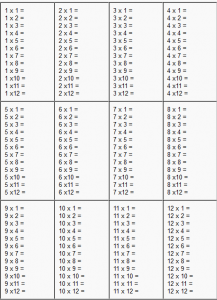Free Printable Math Worksheets: Multiplication, Division, Addition and Subtraction
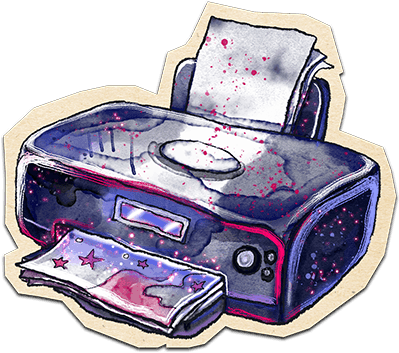
Generate as many math problem worksheets as you need. Simply choose your options, click print, and you're good to go.
It's Time To Reclaim Your Evenings
Here's how you use our free worksheet generator:
More old-school? No worries, you can choose from our selection of pre-built, ready-to-print downloadable math worksheets here.
We feel your pain.
The night is always young and full of promise... until you need to prepare three multiplication worksheets for twenty-five students for the morning. Plus answer key. So much for tv and an early night's sleep. Or anything else, for that matter!
No worries, we got your back!
Our expert worksheet baristas are here to serve up the time-saving miracle you need.
Check out our free downloadable worksheets for 2nd - 6th grade students. We've crafted an automatic worksheet generator for you to use, so you'll never run out of math worksheets!
Perfect for an instant homeschool lesson, or a quiet classroom activity.
Just design your worksheet and click to print. We make it easy and fast. Within minutes, your prep for tomorrow’s class is finished. (Alternatively, check out our classroom escape room kits for a lesson your students will cherish far more than any worksheet!)
Remember when you used to read books... for fun?! Or walk? Or binge Netflix?
The rest of the night is yours!
How To Generate Printable Maths Worksheets
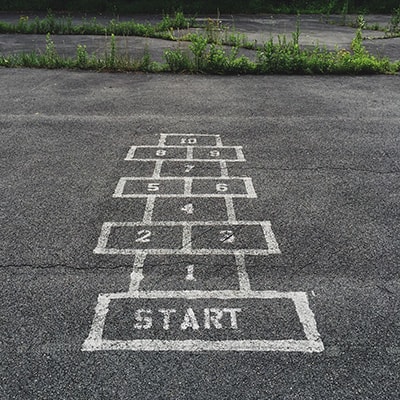
If you'd rather just print a pre-made worksheet, check out our selection here.
We've brewed our online worksheet generator to be super simple to use, so you won't waste time wrestling with tech. Simply:
- Choose your numerator and denominator
- Select a grid size
- Choose a symbol (this determines whether the worksheet is multiplication, division, addition, or subtraction)
- Enter your email address
- Print!
You can customize the worksheets to suit your students - whether you've got a whole class of them, or just one eager homeschool kid! Use any combination of single-digit, double-digit, and triple-digit numbers. We allow you to tailor your worksheets, ensuring that you can push your class to learn a little more every day.
You can print as many as ten different downloadable worksheets, free (each will be randomly generated). We even provide you with the answer key (double and triple checked by our baristas in between triple lattes). When distributing worksheets, you can alternate sheets between students to keep them from falling out of their chairs while leaning over to steal check the answers of a classmate. Or, maybe just send the students home with a sheet or two to help teach their parents 2nd - 6th grade math.
You decide how many problems your student should tackle. Put six problems on a page or as many as twenty-eight problems (for an intense homework assignment!).
Keep the kids interested by ditching the plain blank page worksheet. You can customise the background of each downloadable worksheet. Choose from Sand, Clipboard, or Letter themes to liven up the work! Using different themes for different worksheets is a great way to set up games, inject fun into the lesson, and let students know, at a glance, that the smart kid in front of them has a different set of problems.
Our worksheets scale to any type of paper your printer can handle. We offer the worksheets in A4/letter format. You can change the size by using the “print scale” option.
Scroll up to check out our worksheets. They're free, downloadable, and totally customizable for your classroom. Ready to cut down on the prep time for your next math class?
Now, where did you put that remote?
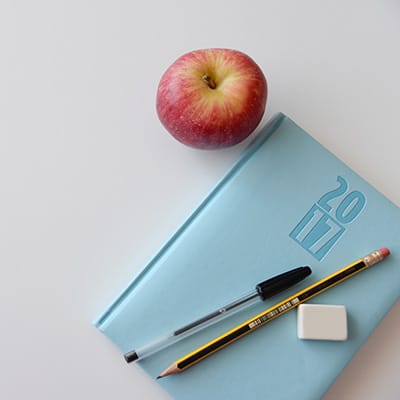
Hey, I've got another great math worksheet for you. This one makes budgeting simple and FUN!
The Wacky Wonderful Ways to Wield Worksheets

This math worksheet adventure is an awesome example of how to 'gamify' learning!
Worksheets can be more than busywork. You can use them in a way that entertains and teaches your students. (or even integrate them into STEM learning!) Pumping life into the exercises you give your students makes learning fun. When kids have fun learning, they pick up material faster and retain it longer. Besides, you get to be the cool teacher!
And you thought our worksheets just gave you extra time at night!
Group Worksheet. Pair students in groups of two or three. Give them a time limit to complete the printable math worksheet. During this time, they may not ask for help. They must rely on each other to complete the problems. Teams must come to a unanimous decision on the answer to the problem. If they come to different solutions, they must work out the right answer, focusing on how they arrived at the different solutions. At the end of the time period, the class goes over the problems. The students can ask the teacher about the differences of opinion that occurred during the exercise. Turn the exercise into a game by seeing which team can complete the most problems correctly in the shortest time.
Highest Product/Lowest Divisor Game. Pair two students. Give them a worksheet with an even number of problems, such as 12 or 16. Student 1 will choose a problem. Next, Student 2 chooses a problem. After working on their chosen problems, they choose new problems, but with the order reversed. The student with the highest total products at the end of the sheet is the winner. If you decide to use a division worksheet, challenge the students to have the lowest total of quotients at the end of the exercise. Either way, you will enhance the multiplication and division skills of your students. You will also teach them how to estimate products and quotients as they determine which problems they should select.
Here's Our Hottest Worksheet game - An Escape Room Adventure!
Classroom escape room games engage the whole classroom. Every. Single. Time!
They're not just games, they're valuable learning experiences that develop critical thinking skills, refine group communication, and engage multiple learning styles at once.
Worksheets can easily be integrated into a classroom escape room game as another puzzle that students must work together to solve.
Read our guide here to discover how you can use escape room games to reignite creativity in your classroom.
Coach A Friend. Pair up your student. Have the students alternate problems, with one completing the problem. The other student helps their partner if they get stuck and corrects the result at the end of it is wrong. In this way, students get experience working problems. They also gain experience understanding the process needed to complete the problems as they correct their peers. They also may learn the value of teamwork, mentoring, and listening.
Sprint To The Finish. The easiest game to understand - – the first one to the finish wins! Give the students a copy of the same worksheet. The first person to complete all questions correctly, and turn them in to the teacher, is the winner. However, you must announce a time penalty (perhaps 30 seconds) for every incorrect problem. This encourages the students to ensure that they complete their work correctly rather than carelessly speeding through the work. Give out prizes to the winners for more fun! For added layers of difficulty, give the students a division worksheet after they turn in the multiplication worksheet! First one to complete both sheets wins!
Teacher’s Mistake! Hand out worksheets to the students with your answers filled in. Work some of the problems, but not all of the problems, incorrectly. The students must find which problems you missed and point out the “mistake” you made on the problem. The students will love pointing out the easy and boneheaded mistakes their teacher made! Your mistakes should reflect mistakes that you commonly see in your classes. Doing some of the problems properly forces the class to stay on their toes when assessing your work. It also forces them to admit that you can do some things right!


Grading Papers. Give your students a taste of how much fun your job can be. Hand out three to four different worksheets to the students in the class. After they finish their printable math worksheet, they will trade sheets with another student. Then, they will correct each other’s worksheets, looking for the specific error their peer made. Students learn from both parts of the exercise. They have the experience of working on the problem and the experience of seeing the proper or improper processes used by their peers. They may also learn empathy for their teacher. Run through the exercise two to three times for added benefits.
Extra Work. Do you have a student or two who seem to rush through assignments yet still do them correctly? Crank out a few extra worksheets to keep these students in their chairs while the others finish their work. Not only will this keep them from bugging students still working, but it will also enhance their multiplication and division skills. Ensure that you have extra sheets handy if they work through the first extra worksheet too quickly.
Group Competition. Create a worksheet with 16 problems. Create groups of four from your class. Assign each team member a number from 1-4. On the board, list out the problems that each member of the group will handle. For instance, Player 1 may have to work on problems 1, 6, 12, and 14. Each team member works on four problems. The other team members can assist, but not until the person responsible for the problem completes it. At that point, team members can point out errors or ways to complete the problem in less time. The team that finishes the quickest with the fewest errors wins the game!
Homework. Perhaps the original use for worksheets, but still one of the most effective ways to teach kids. Create a worksheet with twenty to twenty-eight problems on it. Go over the problems at the start of the next class - – but only after you verify that all students completed their work! This exercise will help you understand which students need additional help with their lessons and, perhaps, which ones need more motivation to complete their work.
Or, Save 50% by grabbing 4 math activity kits in one bundle
Only
18
Thrill your class again and again with this ultimate value-pack. You get our four BEST math games:

Other Worksheets
Multiplication and Division Free Printable Worksheets: Tables 0-12
Free Printable Multiplication and Division Worksheets - A collection of easy-to-print Multiplication and Division worksheets. Start with the easy-to-print times tables. It includes all numbers separated 1-12, mixed sheets for review and a worksheet with all the times tables on one sheet. There is a multiplication board and answer sheet for studying. After that you will find double-digit and triple-digit multiplication problems with regrouping as well as mixed numbers and long division. Represent and solve problems involving multiplication and division. CCSS.Math.Content.3.OA.A.1 Interpret products of whole numbers, e.g., interpret 5 × 7 as the total number of objects in 5 groups of 7 objects each. For example, describe a context in which a total number of objects can be expressed as 5 × 7. Understand properties of multiplication and the relationship between multiplication and division. CCSS.Math.Content.3.OA.B.5 Apply properties of operations as strategies to multiply and divide.2 Examples: If 6 × 4 = 24 is known, then 4 × 6 = 24 is also known. (Commutative property of multiplication.) 3 × 5 × 2 can be found by 3 × 5 = 15, then 15 × 2 = 30, or by 5 × 2 = 10, then 3 × 10 = 30. (Associative property of multiplication.) Knowing that 8 × 5 = 40 and 8 × 2 = 16, one can find 8 × 7 as 8 × (5 + 2) = (8 × 5) + (8 × 2) = 40 + 16 = 56. (Distributive property.) Multiply and divide within 100. CCSS.Math.Content.3.OA.C.7 Fluently multiply and divide within 100, using strategies such as the relationship between multiplication and division (e.g., knowing that 8 × 5 = 40, one knows 40 ÷ 5 = 8) or properties of operations. By the end of Grade 3, know from memory all products of two one-digit numbers. CCSS.Math.Content.3.NBT.A.3 Multiply one-digit whole numbers by multiples of 10 in the range 10–90 (e.g., 9 × 80, 5 × 60) using strategies based on place value and properties of operations. Gain familiarity with factors and multiples. CCSS.Math.Content.4.OA.B.4 Find all factor pairs for a whole number in the range 1–100. Recognize that a whole number is a multiple of each of its factors. Determine whether a given whole number in the range 1–100 is a multiple of a given one-digit number. Determine whether a given whole number in the range 1–100 is prime or composite. CCSS.Math.Content.4.NBT.B.5 Multiply a whole number of up to four digits by a one-digit whole number, and multiply two two-digit numbers, using strategies based on place value and the properties of operations. Illustrate and explain the calculation by using equations, rectangular arrays, and/or area models. Perform operations with multi-digit whole numbers and with decimals to hundredths. CCSS.Math.Content.5.NBT.B.5 Fluently multiply multi-digit whole numbers using the standard algorithm.
[lwptoc]
1-12 Multiplication Study TablesIndividual Multiplication Tables Exercises (1-12)Double Digit X Single Digit Multiplication Exercises (Plus Answers Sheets)Partial Product Box MultiplicationPartial Product Box Multiplication Exercise (Double Digit X Double Digit)Partial Product Box Multiplication Exercise (Triple Digit X Double Digit)Double Digit X Double Digit Tens Multiplication Excercises (Plus Answer Sheets)Double Digit X Double Digit Multiplication Excercises (Plus Answer Sheets)Triple Digit X Single Digit Multiplication Excercises (Plus Answer Sheets)Triple Digit X Double Digit 10s Multiplication Excercises (Plus Answer Sheets)Triple Digit X Double Digit Multiplication Excercises (Plus Answer Sheets)Triple Digit X Triple Digit Multiplication Excercises (Plus Answer Sheets)Individual Division Tables (1-12)Small Division With RemaindersLong Division With No RemaindersLong Division With Remainders
Printing Instructions
Free Printable Multiplication and Division Worksheets - A collection of easy-to-print Multiplication and Division worksheets. Start with the easy-to-print times tables. It includes all numbers separated 1-12, mixed sheets for review and a worksheet with all the times tables on one sheet. There is a multiplication board and answer sheet for studying. After that you will find double-digit and triple-digit multiplication problems with regrouping as well as mixed numbers and long division. Represent and solve problems involving multiplication and division. CCSS.Math.Content.3.OA.A.1 Interpret products of whole numbers, e.g., interpret 5 × 7 as the total number of objects in 5 groups of 7 objects each. For example, describe a context in which a total number of objects can be expressed as 5 × 7. Understand properties of multiplication and the relationship between multiplication and division. CCSS.Math.Content.3.OA.B.5 Apply properties of operations as strategies to multiply and divide.2 Examples: If 6 × 4 = 24 is known, then 4 × 6 = 24 is also known. (Commutative property of multiplication.) 3 × 5 × 2 can be found by 3 × 5 = 15, then 15 × 2 = 30, or by 5 × 2 = 10, then 3 × 10 = 30. (Associative property of multiplication.) Knowing that 8 × 5 = 40 and 8 × 2 = 16, one can find 8 × 7 as 8 × (5 + 2) = (8 × 5) + (8 × 2) = 40 + 16 = 56. (Distributive property.) Multiply and divide within 100. CCSS.Math.Content.3.OA.C.7 Fluently multiply and divide within 100, using strategies such as the relationship between multiplication and division (e.g., knowing that 8 × 5 = 40, one knows 40 ÷ 5 = 8) or properties of operations. By the end of Grade 3, know from memory all products of two one-digit numbers. CCSS.Math.Content.3.NBT.A.3 Multiply one-digit whole numbers by multiples of 10 in the range 10–90 (e.g., 9 × 80, 5 × 60) using strategies based on place value and properties of operations. Gain familiarity with factors and multiples. CCSS.Math.Content.4.OA.B.4 Find all factor pairs for a whole number in the range 1–100. Recognize that a whole number is a multiple of each of its factors. Determine whether a given whole number in the range 1–100 is a multiple of a given one-digit number. Determine whether a given whole number in the range 1–100 is prime or composite. CCSS.Math.Content.4.NBT.B.5 Multiply a whole number of up to four digits by a one-digit whole number, and multiply two two-digit numbers, using strategies based on place value and the properties of operations. Illustrate and explain the calculation by using equations, rectangular arrays, and/or area models. Perform operations with multi-digit whole numbers and with decimals to hundredths. CCSS.Math.Content.5.NBT.B.5 Fluently multiply multi-digit whole numbers using the standard algorithm. |
